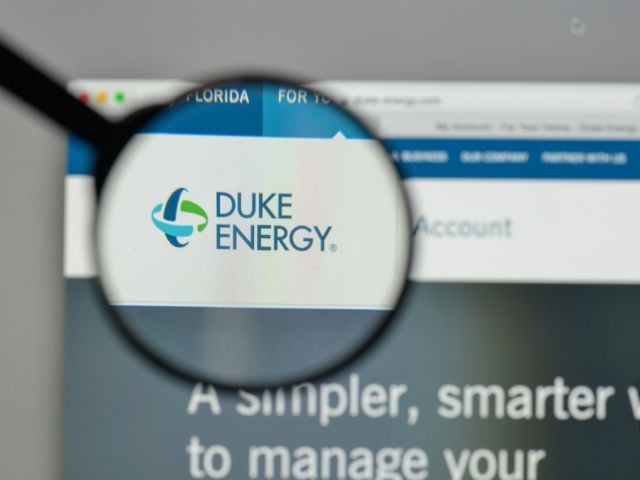
Congress is on the brink of approving the biggest stimulus package in U.S. history – $2.2 trillion to fight the public health and economic crises of the coronavirus pandemic. Subsequent rounds of stimulus are expected, presenting an opportunity to make strategic investments in renewable energy that would not only boost the economy’s recovery but also simultaneously tackle a third crisis threatening our future: climate change.
These three challenges are inextricably linked. Clean energy already provides nearly 3.3 million U.S. jobs, and the sector added 110,000 jobs in 2018, according to Clean Jobs America 2019, a report from E2, a nationwide coalition of business leaders. Centers for Disease Control and Prevention researchers have found global warming increases lung-damaging smog, which makes people more vulnerable to respiratory diseases like COVID-19, and the World Health Organization has linked a warmer climate to an increase in viral outbreaks.
But the current stimulus package does not include money for renewables, and Republican lawmakers are excoriating attempts to add it. Meanwhile, dirty energy is at the taxpayer trough vying for stimulus dollars, despite receiving massive tax cuts in 2017, states’ passing ratepayer-funded nuclear bailout legislation totaling over $15 billion, and billions in ongoing federal fossil fuel subsidies.
- The rapidly shrinking coal industry wants $800 million in annual cuts to federal taxes, fees and royalty payments, only a quarter of which is for beneficiary payments to miners with black lung disease.
- The nuclear industry wants an investment tax credit of up to $26 billion over 10 years, according to the Institute for Energy and the Environment at Vermont Law School.
- The American Petroleum Institute wants Congress to relax various reporting requirements and regulations.
And big banks are still financing fossil fuel projects. Banking on Climate Change – a new report by a coalition led by the Rainforest Action Network and endorsed by 250 organizations around the world, including EWG – found that 35 global banks have dumped $2.7 trillion into the fossil fuel industry since the Paris climate agreement in December 2015. The worst offenders were U.S.-based JPMorgan Chase, Wells Fargo, Citi and Bank of America.
Whether the handouts to dirty energy make it into the final stimulus package is up to Congress. But not including support for renewable energy in the bill is a grave error.
“If we allow the stimulus to re-entrench [financing for] fossil fuel . . . we’re totally screwed, to be blunt,” Ayana Elizabeth Johnson, founder of Ocean Collective, told Climate Wire. “We just simply can’t afford that now.”
More than two dozen public interest and renewable energy groups, including EWG, have urged Congress to extend and expand the existing federal tax credits for clean energy. Over 100 climate and social policy experts endorsed a sweeping $2 trillion package to implement a Green New Deal. They said that decarbonizing the economy would require an additional $800 billion annually, or about 4 percent of GDP, until the goal was reached.
That would mean achieving 100 percent carbon-free energy for generating electricity by the end of this decade, electrifying transportation, implementing energy efficiency measures for homes and commercial buildings, and creating millions of living-wage jobs, while also ensuring a just transition for low-income households and people of color.
“A Green New Deal might be expensive, but doing nothing about climate change will almost certainly cost far more,” former U.S. Labor Secretary Robert Reich wrote last month in his syndicated column. “If we don’t launch something as bold as a Green New Deal, we’ll spend trillions coping with the consequences of our failure to be bold.”
As with the virus, the fight to help renewable energy withstand the economic crisis is not going away.
Tom Kiernan, CEO of the American Wind Energy Association, told GreenTech Media, “While we’re disappointed clean energy sector relief did not make it into the phase three stimulus package, we will continue working with Congress and other renewable leaders to find solutions to the specific challenges COVID-19 is causing our members.”
So will EWG.


